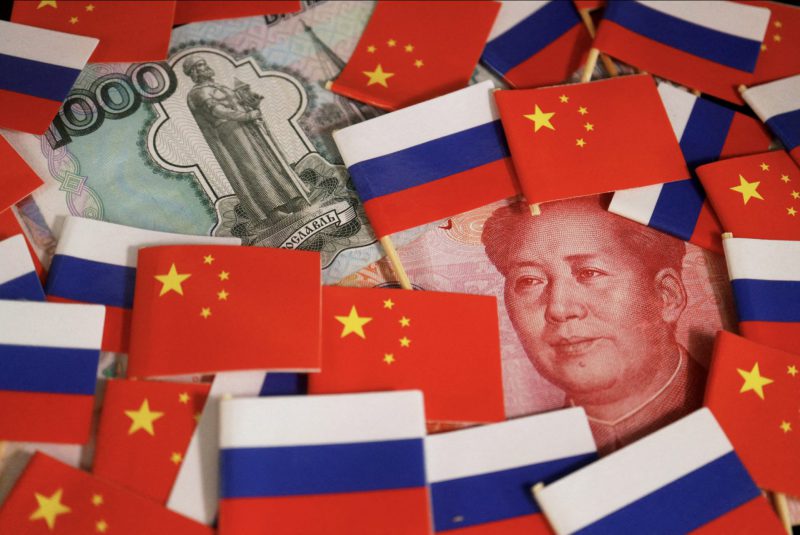Demand for the Chinese Yuan is increasing as more and more nations opt against using the U.S. Dollar. Russia’s Sberbank CEO, German Gref, said that demand for the Chinese Yuan is increasing within the country. He further added that the bank has occasionally used central bank currency swaps to provide liquidity in yuan.
Although the U.S. Dollar was a central currency for trade with Russia, the Chinese Yuan has taken the spotlight after sanctions were put in place for invading Ukraine. Western sanctions have significantly reduced Russia’s ability to conduct trade with other nations. Gref said that Sberbank had borrowed Yuan from the Russian central bank in the past. Moreover, he stated that the bank was steadily raising its interest rates on yuan deposits.
The Sberbank CEO further stated that shareholders approved the board’s decision to pay a record 565 billion roubles ($6.94 billion) in dividends at the bank’s annual general meeting on Friday. However, half the funds will be paid to the state as a controlling shareholder, he added. Meanwhile, the other half will go to more than 1.5 million people, who are private shareholders.
According to Gref, the percentage of non-resident capital in the bank has decreased to about one-third. He stated it comprises about 5% of non-convertible depositary receipts but did not specify the country. The government intends to implement a one-time windfall tax to assist close its growing budget deficit, and Sberbank will pay some of its profits to this effort. Gref predicted that the bank would use an early payment choice to send roughly 10 billion roubles to the budget.
Is Russia’s demand for the Yuan a threat to the U.S. Dollar?
Russia is facing severe sanctions from Western nations that have made it almost impossible for the country to trade with the Dollar. Therefore, it is not surprising that Russia has decided to use the Chinese Yuan as a currency for trade.
Although the demand for Yuan is increasing on a global scale, the U.S. Dollar is still dominant. The U.S. Dollar still accounts for 88% of all international transactions, far ahead of China’s Yuan, at 7%.





